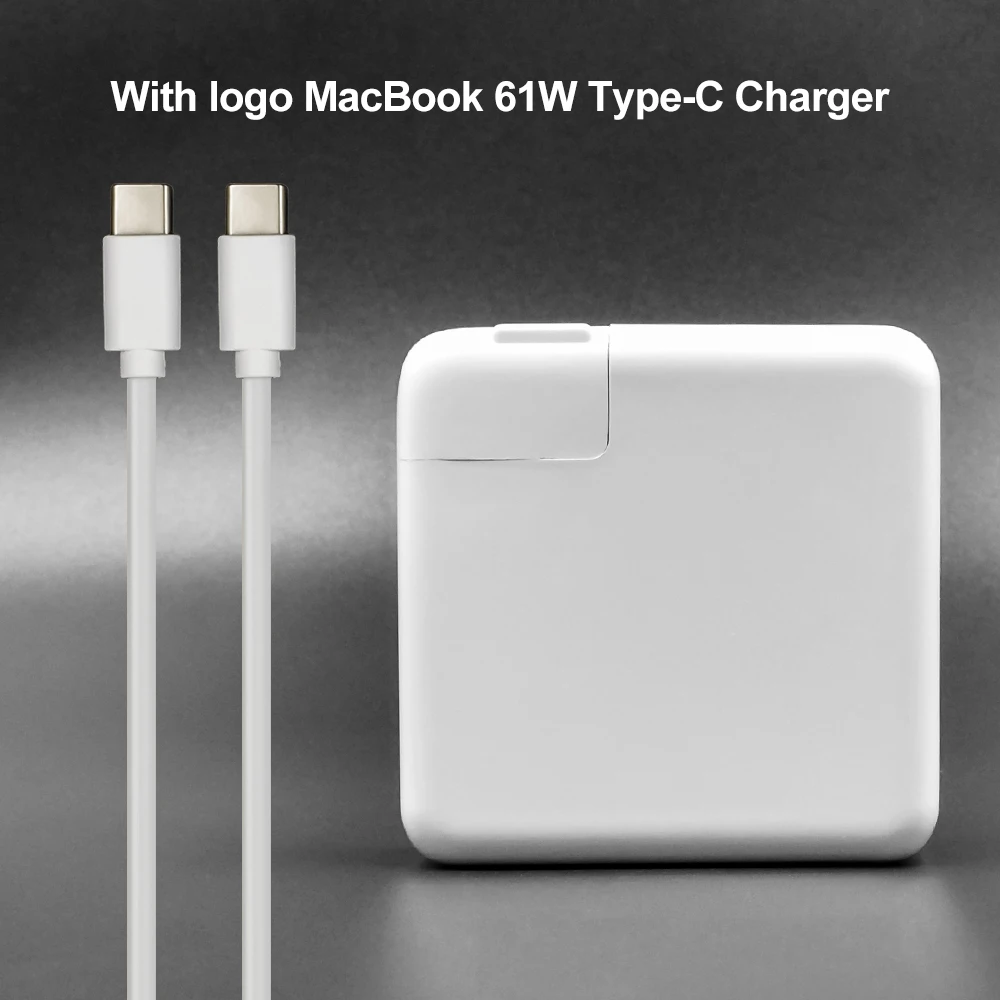

Apple first introduced the USB Power Delivery fast charging standard to the iPad in 2015, then the iPhone in 2017. The Qualcomm Quick Charge was the first fast charging standard, widely used in Android phones including the Samsung Galaxy line while the USB Power Delivery standard is relatively new and adopted by Google and Apple. Instead of the old charging standard (5W) and APPLE 2.4A charging protocol (12W), iPhone has adopted the USB Power Delivery fast charging protocol, which enables charging three times faster than the old 5W standard.Ģ. The word ''fast charge'' implies everything – the ability to deliver power in a faster way or to top your iPhone battery off very quickly. The beginning of iPhone fast chargingįor a long time, the standard charging solution that Apple offered iPhone users was the 5V/1A power adapter, which meant that the maximum output was just 5W, inevitably prolonging the time to recharge the phone.īack to the 2017 Apple Event, Tim Cook announced that you could fast charge your iPhone 8 or later.


If you try charging an iPhone with a 5W charger, your pain only gets worse and you will have to wait for a longer time, which is, to some extent, even tantamount to some mental torture.įortunately, manufacturers are also working out on new fast-charging technologies to help you get the most out of the iPhone and ensure you keep up with this fast-paced world. And it's only getting worse as smartphones are getting bigger, more powerful along with bigger batteries as well. The new 14- and 16-inch MacBook Pros start at $1,999 and $2,499 and will be available on Tuesday (October 26), but you can preorder them now from Apple's website.Ĭlick here to read about why Apple ultimately chose to make the new MacBooks bigger and heavier.Most often, it's a real annoyance waiting for your iPhone to charge fully. The 14-inch MacBook Pro comes with either a 67-watt (for the M1 Pro with 8-core CPU model) or 96-watt power adapter (for the other M1 Pro or M1 Max models), while the 16-inch MacBook Pro requires you to use Apple's brand new 140-watt USB-C power adapter, which happens to be the most powerful adapter that it has ever made. The catch with these fast charging speeds over MagSafe 3 is that you have to use the USB-C power adapter (or one that's more powerful) that Apple includes in the box. It will be able to juice the new MacBook Pros from zero to 50 percent battery in just 30 minutes. Apple hasn't detailed the exact differences in charging speeds when using USB-C (Thunderbolt 4) compared to MagSafe 3 just yet, but it has said that using the MagSafe connector is faster.


 0 kommentar(er)
0 kommentar(er)
